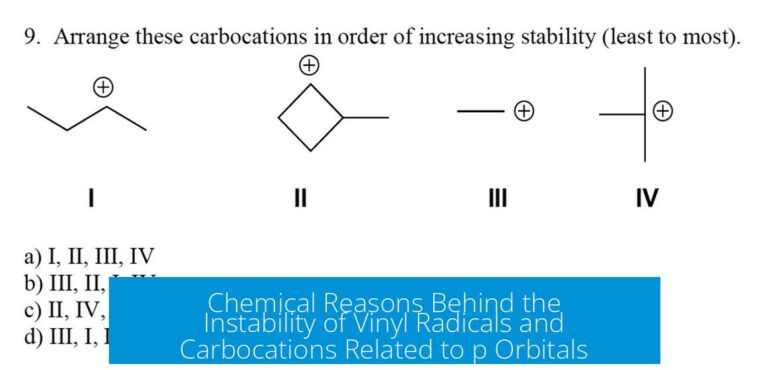Why Are Sulfuric and Nitric Acid So Easily Available?
Sulfuric and nitric acids are easily available primarily due to their extensive scientific, industrial, and commercial uses, combined with challenges in enforcing effective restrictions without impacting legitimate activities. Their widespread utility, large-scale production, and the impracticality of strict controls contribute to their accessibility.
Extensive Use in Science and Industry
Both sulfuric acid (H2SO4) and nitric acid (HNO3) are essential chemicals in many sectors. Their broad application ensures continuous demand and supply.
- Scientific Applications: Laboratories use nitric acid regularly to prepare samples. Sulfuric acid is also a staple reagent in analytical procedures and chemical synthesis.
- Industrial Manufacturing: Both acids serve critical roles in manufacturing processes, including fertilizer production, metal refining, and chemical intermediates. Their utility spans environmental testing such as air, water, and soil analysis.
- Commercial Products: Sulfuric acid powers drain cleaners; nitric acid cleans and refines jewelry and metals. This supports their availability in hardware and supply stores.
In sum, their importance for a wide array of legitimate uses means they must remain accessible to industries and individuals with valid needs.
Production Scale and Byproducts
Sulfuric acid production is enormous, often produced as a byproduct in petroleum refining. This large-scale manufacturing ensures a robust supply chain.
- Petroleum and chemical industries generate sulfuric acid in massive quantities.
- This supply outpaces even the normal industrial consumption, reducing scarcity concerns.
Nitric acid, while not produced at such high volumes, remains accessible due to its frequent industrial use and established production technologies.
Regulatory Challenges and Practical Limitations
Authorities recognize the potential misuse of these acids for illegal activities. However, enforcing tight restrictions has proven difficult and often counterproductive.
- Regulations Are Hard to Enforce: For example, even in regions where sulfuric and nitric acid sales are restricted, they can still be obtained legally or illegally through alternate channels. Some labels disguise their contents to circumvent rules.
- Restriction Impacts Legitimate Users: Many businesses and academic institutions require these acids, so overly strict controls hinder legitimate scientific, environmental, and industrial work.
- Determined Individuals Can Circumvent Laws: Anyone intending misuse often disregards legal boundaries, acquiring chemicals through illicit means.
Given these factors, stringent restrictions offer limited effectiveness and can unintentionally penalize responsible users.
Availability to Non-Industrial Users
While sulfuric acid appears widely available, nitric acid can be challenging to purchase for casual or non-industrial users.
- Hardware stores and pool supply centers stock sulfuric acid for use in drain cleaners and other common applications.
- Nitric acid sales are more limited and often require academic or commercial credentials due to its association with explosive precursors.
- Some buyers report difficulty locating nitric acid outside specialized chemical suppliers.
Nonetheless, both acids remain present in the market, balancing safety with accessibility.
Economic and Global Supply Factors
Global economics influences acid availability. Production often relies on raw materials sourced from developing countries, where labor is inexpensive.
This supply chain helps sustain competitive prices and steady acid availability worldwide.
Comparative Chemical Safety and Consumer Products
Many household chemicals present similar or greater hazards but remain accessible due to their legitimate everyday uses.
- Muriatic acid (hydrochloric acid) is sold for cleaning concrete.
- Bleach and oven cleaners contain corrosive agents but are widely available.
- Commercial calcium hypochlorite can be explosive under the wrong conditions, yet is legal in pool supplies.
This context illustrates that sulfuric and nitric acid’s availability corresponds with risk assessments versus necessity and economic feasibility.
Safety Education and Precautions
Experts recommend improved user education to mitigate risks associated with acid use.
- Potential buyers might undergo brief safety training or view instructional materials before purchase.
- Safety Data Sheets (SDS) should be mandatory reading to inform users of hazards.
- Education can reduce injuries, such as chemical burns from improper handling.
Promoting safety ensures continued accessibility while protecting public health.
Synthesis Alternatives Limit Restriction Impact
Proficient chemists can produce hazardous compounds from common precursors, limiting the effect of restricting acids alone.
Many dangerous chemical syntheses require only basic, commercially available reagents. Therefore, controlling sulfuric or nitric acid availability has minimal deterrent effect on malicious actors.
Summary of Key Points
- Broad Industrial and Scientific Use: Both acids are fundamental reagents in manufacturing and laboratories.
- Large-Scale Production: Sulfuric acid, especially, is produced in huge quantities as a byproduct.
- Regulatory Difficulties: Restricting acid availability often disrupts legitimate uses and is hard to enforce effectively.
- Consumer Availability: Sulfuric acid is easier to find; nitric acid is more restricted but still accessible for approved users.
- Global Economics: Production depends on international supply chains with labor from developing countries.
- Safety Considerations: Education and informed usage can mitigate hazards without limiting access.
- Alternative Synthesis: Restricting acids has limited effect since other precursors can produce dangerous materials.
Why are sulfuric and nitric acids widely used in industry and science?
Both acids serve many purposes in manufacturing, environmental testing, and metal cleaning. Their chemical properties make them essential for processes like preparing samples or cleaning metals.
How does large-scale production affect their availability?
Sulfuric acid, in particular, is produced as a byproduct in petroleum refining and other industries. This surplus ensures steady supply and lowers cost, making it more accessible.
Why can’t strict regulations fully control the availability of these acids?
Restricting these acids often fails because people can still obtain them through businesses or synthesis. Restrictions mainly impact legitimate users but don’t stop illegal uses.
Are these acids easy to buy for everyday consumers?
Sulfuric acid is common as a drain cleaner and sold in hardware stores. Nitric acid is less common and often limited to academic or industrial users due to its hazards and limited consumer uses.
Could improved safety education reduce accidents related to acid use?
Yes, making buyers watch safety videos and read safety data sheets might help prevent injuries. Many professionals suggest balanced access with better user knowledge and precautions.





Leave a Comment